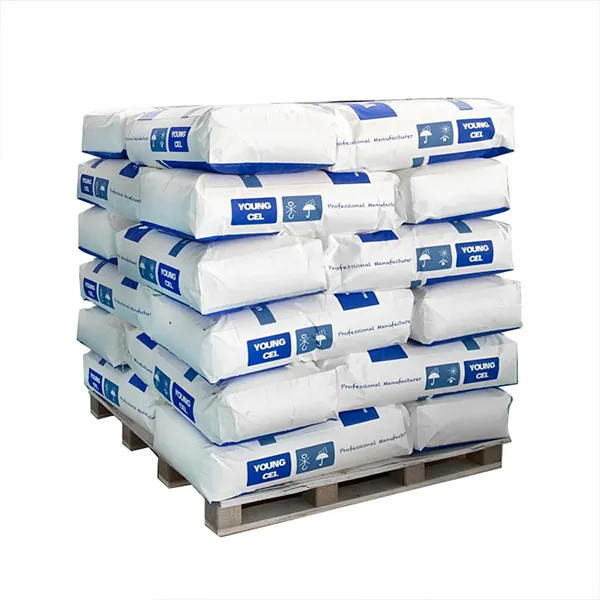The Role of HPMC in Construction Chemicals
Hydroxypropyl Methylcellulose (HPMC) is a versatile chemical compound widely used in the construction industry, particularly in the formulation of construction materials. This cellulose-derived polymer is known for its numerous beneficial properties, making it a crucial ingredient in a variety of applications, including mortars, plasters, adhesives, and tile-setting compounds.
What is HPMC?
HPMC is a non-ionic, water-soluble polymer derived from cellulose, the primary structural component of plant cell walls. This compound is modified through a process that introduces hydroxypropyl and methoxy groups, enhancing its solubility and compatibility with various materials. Its unique chemical structure leads to several advantageous properties, such as thickening, binding, and film-forming abilities.
Properties and Benefits
The incorporation of HPMC in construction chemicals significantly improves their performance. One of the primary benefits of HPMC is its ability to retain water. This water retention is crucial in construction applications, especially in mortar and plaster formulations, as it ensures adequate moisture is maintained for proper curing and adhesion. As a result, structures are less likely to suffer from cracking or loss of strength.
Another important property of HPMC is its viscosity-modifying capability. By adjusting the viscosity of mixtures, HPMC allows for improved workability and application of construction materials. For instance, in tile adhesives, an optimal viscosity ensures that the adhesive can effectively cling to surfaces while still being easy to spread. This also prevents sagging during application, enhancing the overall efficiency of the work.
HPMC also contributes to the open time of construction materials. Open time refers to the period during which a material remains workable after application. By incorporating HPMC into formulations, manufacturers can extend this window, providing contractors and construction workers additional time to position materials accurately before the adhesive sets. This is particularly advantageous in large-scale projects where timing is critical.
construction chemical hpmc

Applications in the Construction Industry
HPMC is commonly used in various construction chemicals, including
1. Cementitious Mortars HPMC enhances the performance of cement-based mortars by providing exceptional adhesion and flexibility, making it suitable for both interior and exterior applications.
2. Gypsum Plasters The water-retention properties of HPMC prevent cracking, allowing for smoother finishes and increased durability.
3. Tile Adhesives Its ability to provide excellent bonding properties and open time makes HPMC a preferred choice for tile adhesives, ensuring the tiles remain secure over time.
4. Self-Leveling Compounds In self-leveling flooring systems, HPMC helps in achieving a smooth, even surface, enhancing the overall aesthetics and functionality of the flooring.
Conclusion
The significance of Hydroxypropyl Methylcellulose (HPMC) in the construction industry cannot be overstated. Its unique properties make it an invaluable component in enhancing the performance and longevity of various construction materials. Whether it's improving adhesion, increasing workability, or preventing cracking, HPMC consistently proves to be a critical player in the realm of construction chemicals. As the demand for durable, efficient, and high-quality construction materials continues to rise, the role of HPMC is likely to expand further, solidifying its position as a cornerstone of modern construction practices.
-
Rdp Powder: Key Considerations for Wholesalers in the Building Materials IndustryNewsJul.08,2025
-
Key Considerations for Wholesalers: Navigating the World of Hpmc - Based ProductsNewsJul.08,2025
-
Hpmc Detergent: Key Considerations for WholesalersNewsJul.08,2025
-
Key Considerations for Wholesalers: China Hpmc For Tile Adhesive, Coating Additives, Concrete Additives, and MoreNewsJul.08,2025
-
Crucial Considerations for Wholesalers: Navigating the World of Construction MaterialsNewsJul.08,2025
-
Key Considerations for Wholesalers Sourcing Additive For Cement, Additive For Concrete, Additive For Putty from Additive Manufacturer Shijiazhuang Gaocheng District Yongfeng Cellulose Co., Ltd.NewsJul.08,2025




